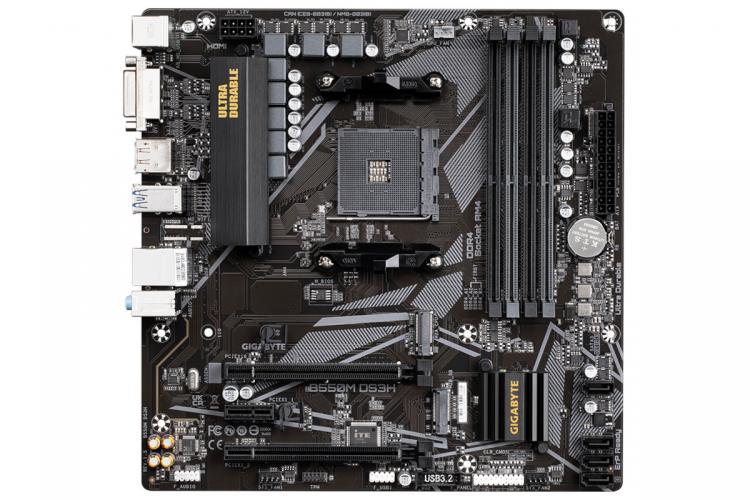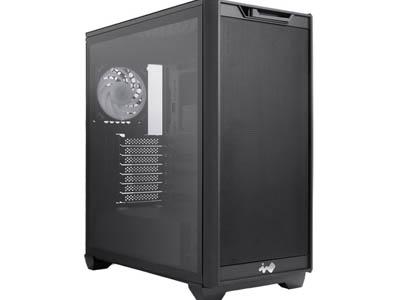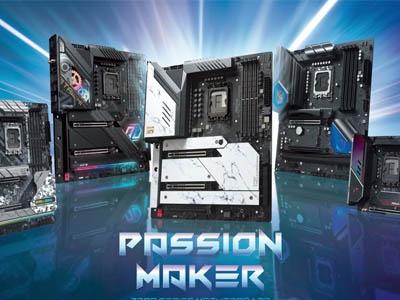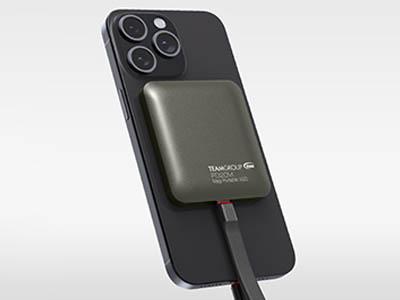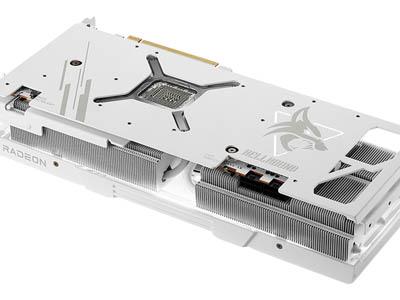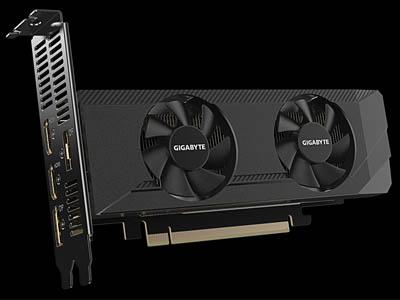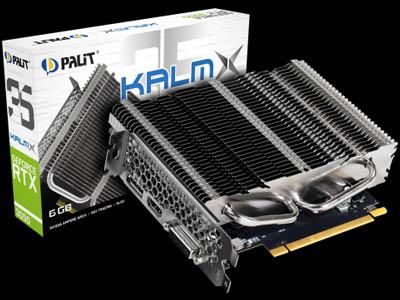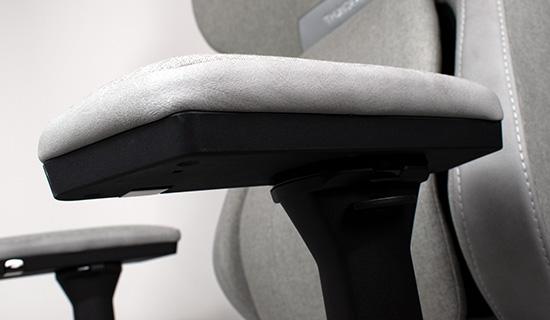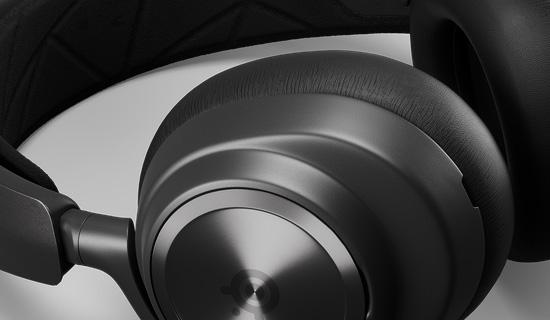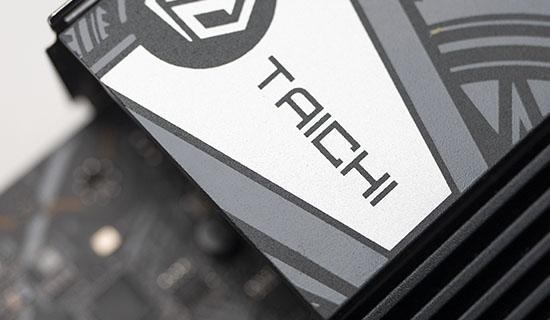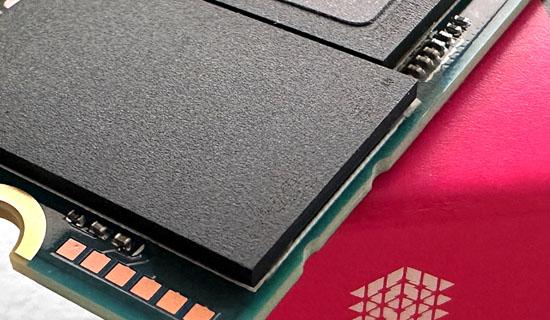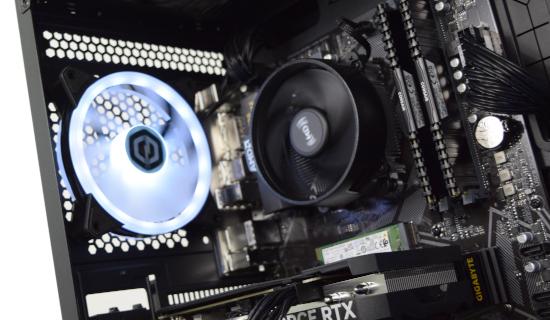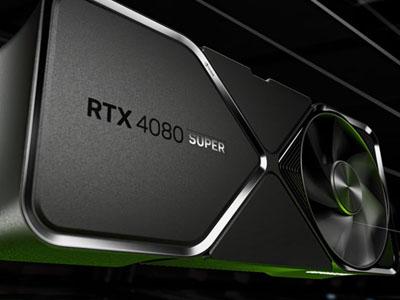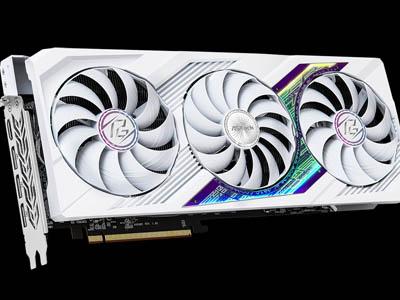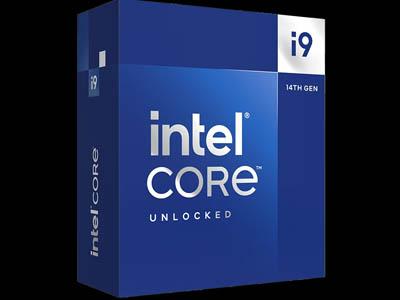CPU:- AMD Ryzen 5 5500
GPU:- MSI GeForce RTX 4060 Ti 8GB
Motherboard:- GIGABYE B550M-DS3H (Rev. 1.5)
RAM:- 16GB (2x8GB) DDR4/3200MHz Corsair Vengeance Memory Kit
Storage:- 1TB Intel 670p M.2 NVMe SSD
Power Supply: Inwin A65E 650W
Operating System: Windows 11 Home
Case: Cyberpower PC Gaming Case /w 3x ARGB Fans
GPU:- MSI GeForce RTX 4060 Ti 8GB
Motherboard:- GIGABYE B550M-DS3H (Rev. 1.5)
RAM:- 16GB (2x8GB) DDR4/3200MHz Corsair Vengeance Memory Kit
Storage:- 1TB Intel 670p M.2 NVMe SSD
Power Supply: Inwin A65E 650W
Operating System: Windows 11 Home
Case: Cyberpower PC Gaming Case /w 3x ARGB Fans
AMD’s Ryzen 5 5500 is a Socket AM4 6-core, 12-thread CPU from the Zen 3 family of processors. It’s a member of a workhorse tier but differences from the Ryzen 5 5600 are pronounced, to the extent that they meaningfully will affect its real-world performance. The Ryzen 5500 only supports PCIe 3.0 signalling, which will effectively halve the bandwidth available to the RTX 4060, and is equipped with half the amount of L3 cache as its bigger brother. Its performance is closer to the Ryzen 5 3600, a fine CPU but perhaps not what would be expected given its lineage.
By opting for an older AM4 motherboard the 5800X3D is available as a future slot-in upgrade should needs arise. While not impacting current purchasing decisions, it's an aspect of the bundle that’s worth keeping in mind.
Not many mATX B550 motherboards are still on the market but GIGABYTE’s DS3H variant remains a solid option. In addition to PCIe 4.0 on the main x16 slot, it supports two M.2 slots for NVMe storage (one of which is unpopulated) and an additional x16 slot (wired for PCIe 3.0 x4 operation) that in this case is populated by a WiFi 6 wireless network and Bluetooth card. You won’t necessarily want to overclock processors given its modest 5+3 phase power delivery, but it should be able to comfortably handle stock speeds up and down AMD’s Ryzen 5000-series lineup.
This revision of the DS3H has very limited fan provision (3 headers including CPU) and no on-board RGB controller support, in contrast to some other revisions of the same ‘board.
Today 16GB of memory is the minimum for a gaming system and the Ryzen 5000-series’ underlying architecture thrives on fast memory. A bump to either 32GB or 3600MHz memory would have been a nice little buff for performance in the medium term.
Unfortunately AMD's stock cooler (the Wraith Stealth) is a weedy if relatively quiet model, even for this fairly low-power CPU, and would be heavily undermined by inadequate chassis air-flow. The short list of components we’d swap out would feature this in first place, likely for a cheap ~£20 single-tower HSF, but replacing it does require a little more knowledge and care than RAM or GPU.
Now to the elephant in the room, the RTX 4060Ti 8GB. It’s important to note that criticisms of this release primarily stem from its lacklustre improvement over the RTX 3060 Ti rather than the raw performance at its MSRP. As a 40-series card it also supports DLSS 3 Frame Generation and the plethora of cutting edge RTX technologies for which 30-series compatibility is uncertain at best. Gaming at 1080p should be trivial with this card in the vast majority of scenarios, with 1440p not being unrealistic in most games or when paired with NVIDIA’s proprietary upscaling technology.
The RTX 4060 Ti communicates to the CPU through eight PCIe lanes of speeds up to PCIe 4.0, but the Ryzen 5 5500 is limited to PCIe 3.0. As a result the GPU will be limited to the bandwidth offered by just eight PCIe 3.0 lanes, with a knock-on impact on gaming performance of 1-10% depending on the title being played.
The MSI Ventus 2X model is a dual axial fan design that should have no issue keeping the GPU cool under long-term load, presupposing that case air-flow is up to the task. This model has a modest 30MHz factory overclock over reference specifications.
NVMe SSD pricing has dropped like a stone in recent months but that doesn’t make the inclusion of the 1TB Intel 670p any less welcome. It’s a speedy model leveraging four lanes of PCIe 3.0 signalling, and is ample for the OS and a significant quantity of software. Total system storage is expandable through both a second M.2 slot (below the GPU) and four SATA3 ports for 2.5/3.5” SSDs and HDDs drives.
The final point worth voicing is some trepidation over the InWin A65e PSU. InWin are certainly a reputable brand but there is very little information available about the PSU, particularly its reliability. It should be able to handle this particular system easily, as well as straightforward additions such as more storage and fans. Where we would draw a line, based purely on a lack of information rather than evidence one way or another, is a significant GPU upgrade to a much higher tier of card. If in a future upgrade to a RTX 4070 or similar class was planned, even if it ostensibly only requires a 650W PSU, a model with more provenance would be in order.
To sum up, this is a specification with strong emphasis on GPU, reflected in that part being roughly 40% of the budget of the build (based on MSRP).

